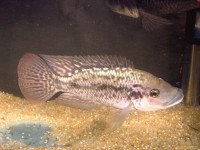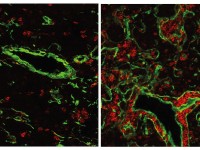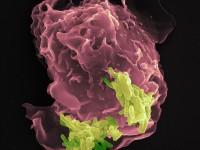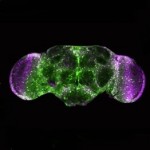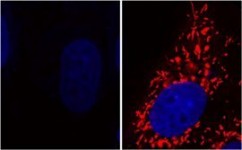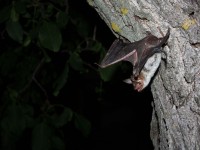Playing tag with sugars in the cornfield
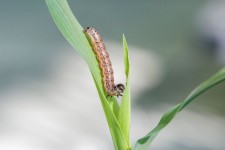
Sugars are usually known as energy storage units in plants and the insects that feed on them. But, sugars may also be part of a deadly game of tag between plant and insect according to scientists at the Max Planck Institute for Chemical Ecology. Grasses and crops such as maize attach sugars to chemical defences called benzoxazinoids to protect themselves …

